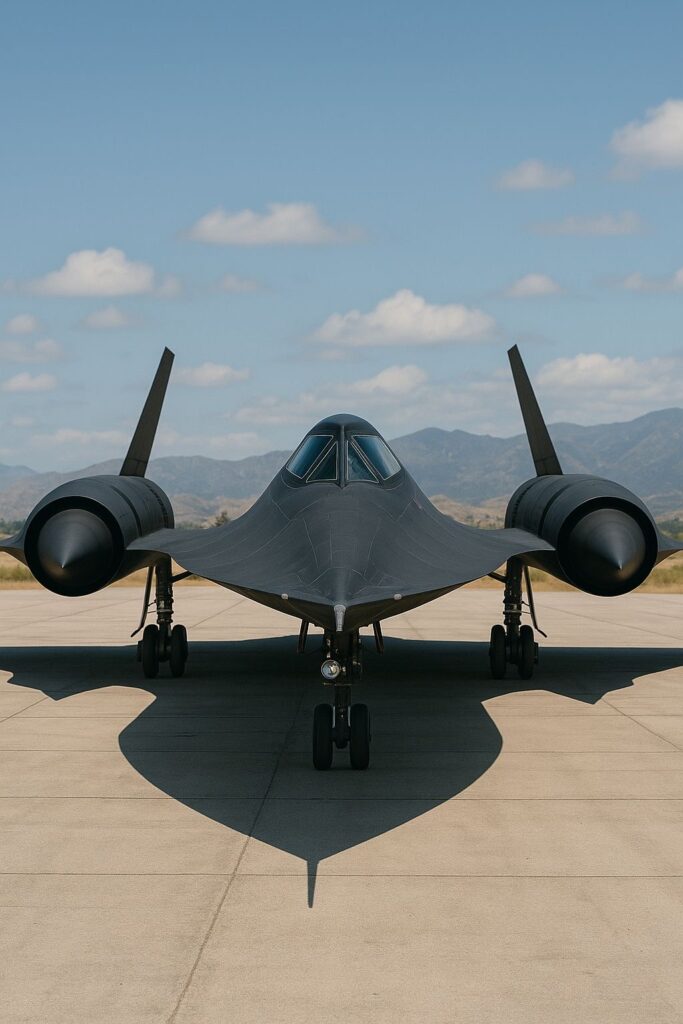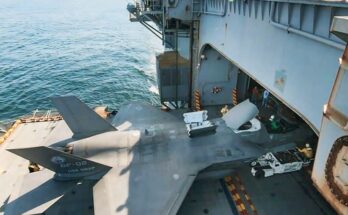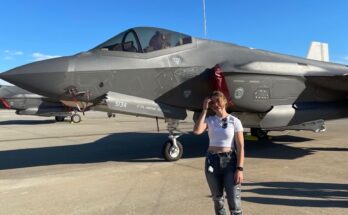
The SR-71 Blackbird remains one of the most legendary aircraft ever built. Designed and developed by Lockheed’s Skunk Works division during the Cold War, it combined futuristic engineering with a mission of national security. First flown in 1964, the Blackbird was unlike anything the world had ever seen, and in many ways, nothing since has quite matched its combination of speed, altitude, and performance.
The SR-71 was created to replace the U-2 spy plane, which had become vulnerable to surface-to-air missiles. The goal was to build an aircraft that could fly higher and faster than any weapon of its time. Under the leadership of Clarence “Kelly” Johnson, the Skunk Works team designed a jet that could cruise at speeds above Mach 3—more than three times the speed of sound—and at altitudes exceeding 85,000 feet. This meant it could outrun almost any missile launched against it, making it virtually untouchable.
The Blackbird’s appearance alone set it apart. Its long, sleek frame and sharp angles were not just for looks; they were the result of careful design to manage extreme temperatures and reduce radar visibility. At such high speeds, the aircraft’s surface would heat to more than 900 degrees Fahrenheit, enough to make the titanium skin glow red. Conventional materials could not withstand this stress, so the SR-71 was built largely out of titanium, which was both strong and heat resistant. Even the paint served a purpose: the jet’s distinctive black coating helped radiate heat, earning it the name “


